The Doric Chiton
Doric chiton was an ancient draped garment. It was a rectangular fabric measured approximately one foot longer than the wearer's height and the width was twice as long as the measurement from fingertip to fingertip. The top edge of fabric was folded down to form the Apotygma (a poertion of fabric folded over the top) further the rectangle was folded in half around the wearer's body with the fold on the left. Fibulae were the kind of pins used to pin up the chiton at the shoulders and then a belt was worn at the waist to control the fullness. The portion of fabric which was bloused when drawn up and allowed to hang over a below the belt, forming a pocket or baggy fold was called Kolpos.
Fibuli
Melia
Melia is a draped garment held together by two silver fibulas ( ancient from of safety pin). It is straight swaths of cloth without tailoring or seams which is draped around the body like roman Toga or Indian sari. It is a costume used by Tunisian dancers.
Haik
Tailored Garments
Cotehardies
Cotehardie was a unisex garment tailored of 14th to 16th-century. It was made to fit the torso and arms, usually with a row of buttons down the front as well as down each fitted sleeve from the elbow to the wrist. The length of cotehardies were different for women and men, for the former it was floor length and for later it used to be cut very short.
Kilt
Killt is a knee-length pleated tartan skirt. It is worn by men as part of the traditional dress in the northern Scotland. Originally "the kilt" was allegedly invented in 1725 by an Englishman.
Jinbaori
The Jinbaori is a japanese warlord's outer coat or vest. Sometimes it is spelled as Jimbaori ans also called a "campaign coat". There were broad lapels like panels from women’s jacket and were often highly ornamented with symbols of strength and courage. They were worn by high ranking samurai on battle field for protection of elements and to be visible to both the troops and the enemy. The picture is from Edo Period (1615-1868), 17th century Japan Silk, felt, metallic thread Lacquered wood.
Haik is a large piece of cotton, silk, or wool cloth worn as an outer garment. It can be dated from Egyptian time and is worn in Moroccan, Arab and north Africa. As the image indicates it is a long piece of fabric which is wrapped around the body in very similar manner of Indian sari.

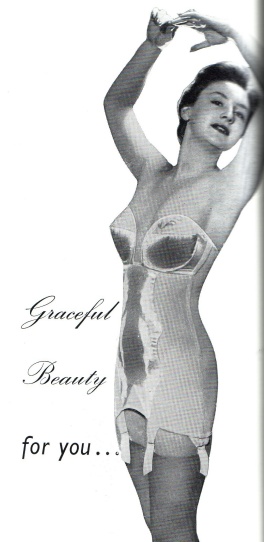
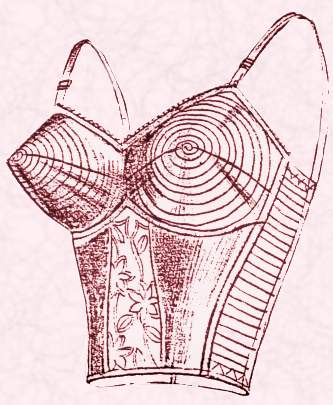












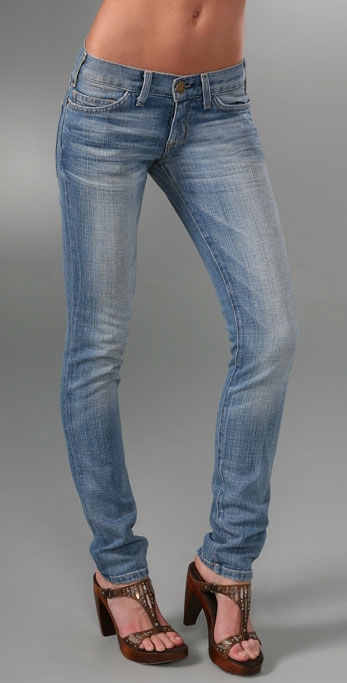








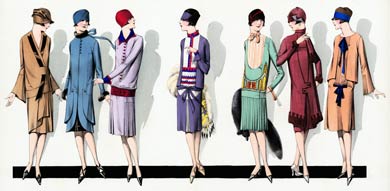
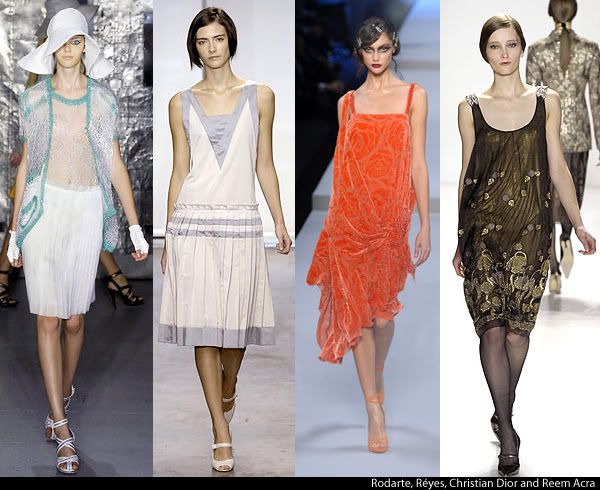











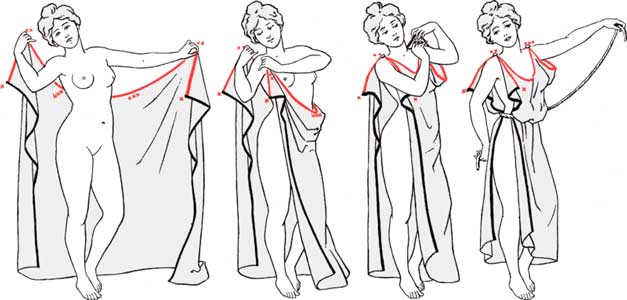
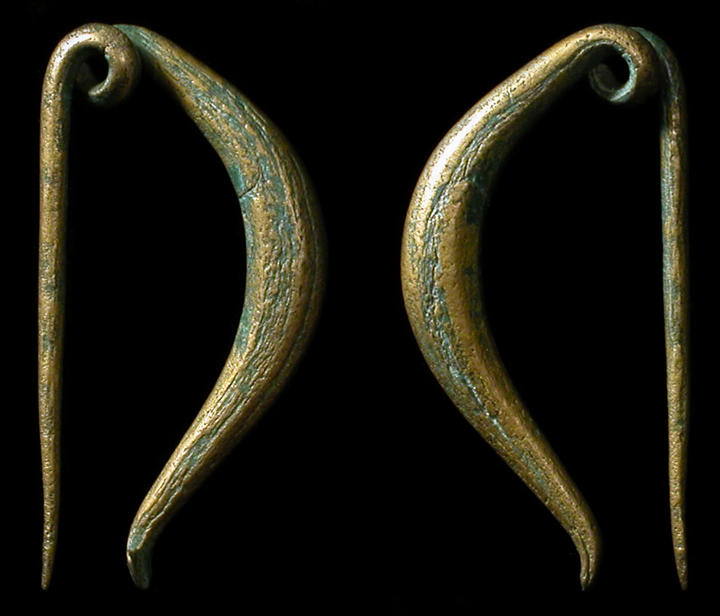



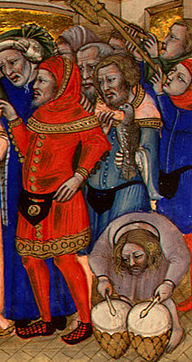

+Edo+Period+(1615-1868)+17th+Century+Japan.jpg)